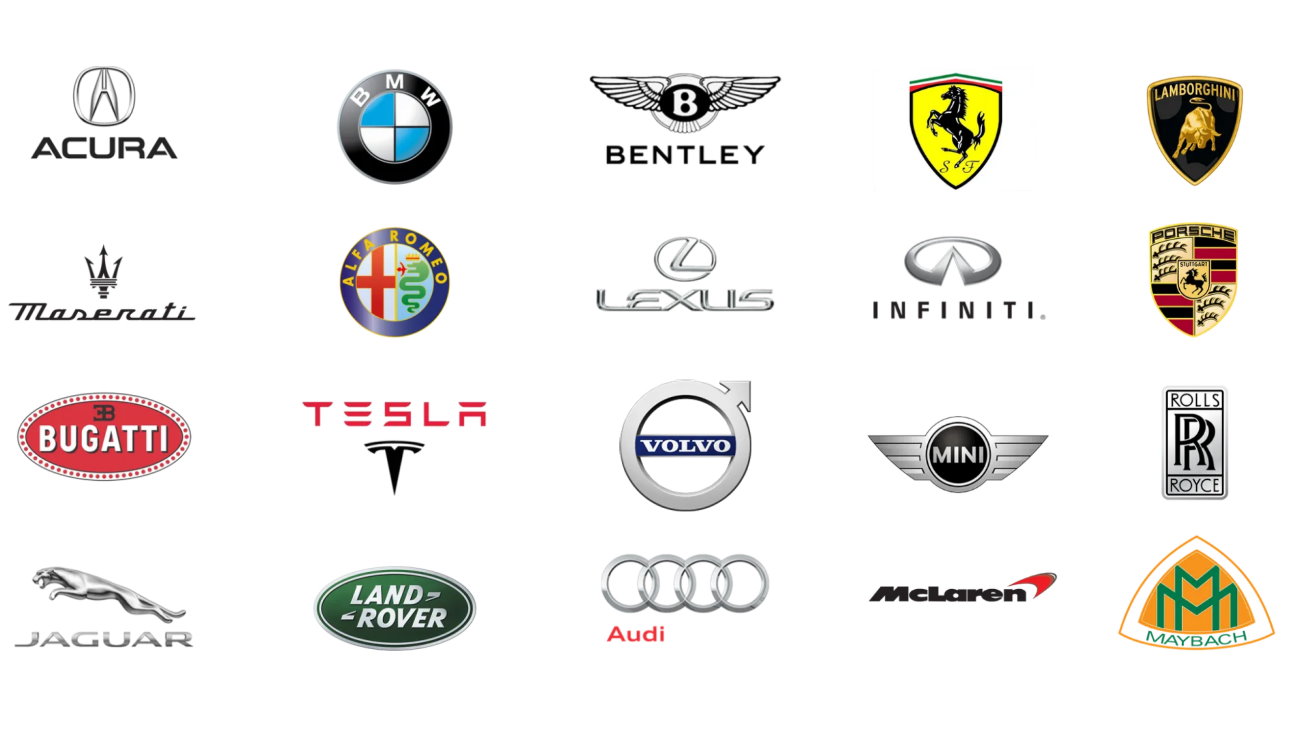WASHINGTON CITY — Washington City officials are considering using incentives based on sales tax as a way to help draw dealerships to the proposed high-end auto mall slated for the Exit 13 area.

During a Tuesday meeting of the city’s redevelopment agency – which is made up of the mayor and City Council – a measure was approved opening the way for a financial analysis and negotiations between the city and the pending Sienna Hills Auto Mall related to the creation of a community reinvestment area, or CRA.
The Sienna Hills Auto Mall, the concept of which was introduced during the 2021 St. George Area Economic Summit, aims to bring “highline” auto brands like Tesla, Bugatti, BMW, Bentley, Volvo and others to the area.
The site for the auto mall is located on the east side of the Exit 13/Washington Parkway interchange of Interstate 15 and covers over 40 acres.
Rusty Hughes, Washington City’s economic development director, said the auto mall would be the first of its kind in Southern Utah and become destination for people outside the community to visit so they could buy high-end, high-tech vehicles.
“There’s not one like it in Utah,” Hughes said, “So we’re having to go outside of the state to pull in comparisons. This will be the first one like it in Utah. The capital investment to the area will be significant.”
In order to aid the Sienna Hills Auto Mall in recruiting targeted auto brand to the area, it has been proposed to create a tax incentive zone around the auto mall. Unlike other tax incentive zones in the area that are based on property taxes, this one would be sales tax-based.

Property tax-based RDAs usually involve freezing the property tax rate for a target area for a period of time. The property tax rate could be frozen for 10 to 20 years, with any property tax generated above that baseline being poured back into the project area. This money can also be used to reimburse companies that make infrastructural improvements to the area, or used as post performance benefits until bench marks, like hiring so many employees at a certain wage, are met.
As property tax is divided between various taxing agencies, such as the city, the county school district and other agencies, each group has to agree that creating the reinvestment zones are in the best interests of the community, as they won’t be receiving as much property tax as they otherwise would for a time.
Sales tax-based incentives are different, Hughes said.
A large portion of the sales tax the cities make in Utah goes to the state and is redistributed back to the cities accordingly.
However, 0.5% of that sales tax goes directly to the city. A portion of that amount can be used as tax incentive that can be given to the auto mall.
“That’s what they’re asking for,” Hughes said, “a portion of that (sales tax) back for their development.”

Based on preliminary sales projections from the auto mall, Hughes said it could become the fourth-largest sales tax generator for the city.
Sales taxes and property taxes are typically the two biggest contributors to a city’s general fund, which is used for the city’s day-to-day operations and public safety.
Hughes said the more sales tax a city produces, the better, as it helps keep property taxes down. However, when there is a lack of sales tax, the difference is sometimes made up in raised property taxes.
The proposal Hughes gave the redevelopment agency Wednesday was to approve moving forward with a financial analysis concerning the viability of a potential community reinvestment zone for the auto mall, as well as negotiations on what portion of the 0.5% sales tax may be put back into the project area.
“They really want to push this through,” Hughes said of the auto mall’s developers, adding they want to start “putting stakes in the ground” by the end of the year.
“The idea here is that you give a little to get more later,” she said, speaking of the use of tax incentive zones in general.
The redevelopment agency voted to authorize Hughes to continue her work on the RDA proposal, and she is expected to come back to the Washington City Council in the near future for approval on that end.
Copyright St. George News, SaintGeorgeUtah.com LLC, 2021, all rights reserved.